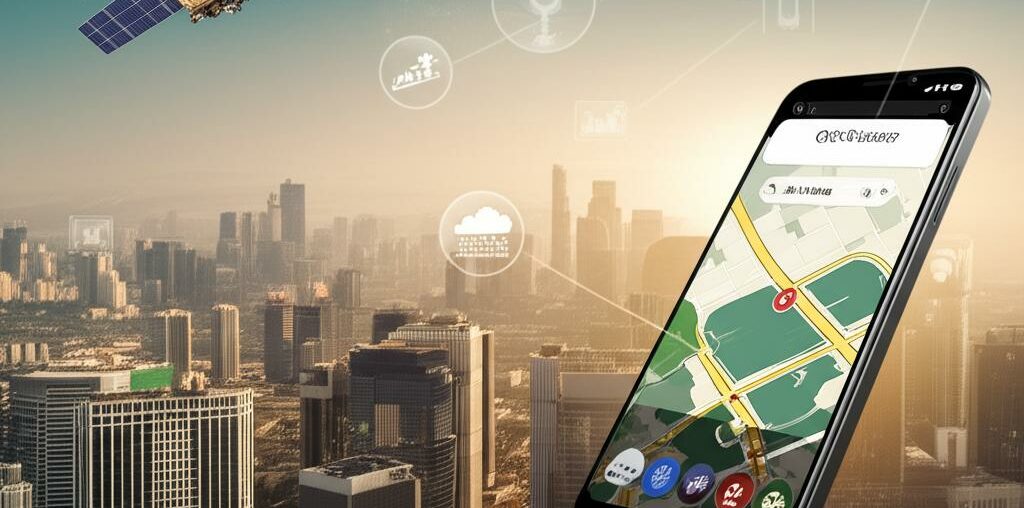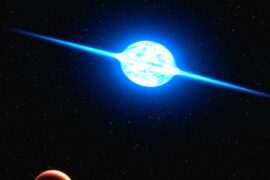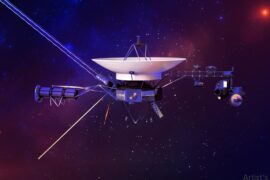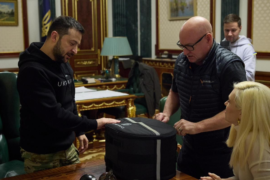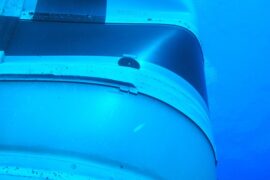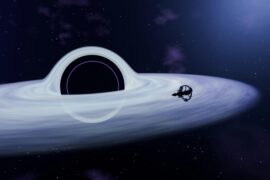On April 12, 1961, Yuri Gagarin became the first human in space.
Many of the space technologies we use today began as solutions to problems faced by astronauts and mission engineers, and over decades those solutions slipped into everyday products and services. This piece explains 10 concrete space-derived technologies that touch daily routines — from the navigation on your phone to the mattress you sleep on — grouped into four practical categories: Connectivity & Navigation; Earth Observation & Location Intelligence; Materials, Sensors & Consumer Products; and Health, Safety & Environmental Monitoring. Each numbered item includes a clear example and a real-world application so you can see exactly how space R&D filters into ordinary life.
Connectivity & Navigation
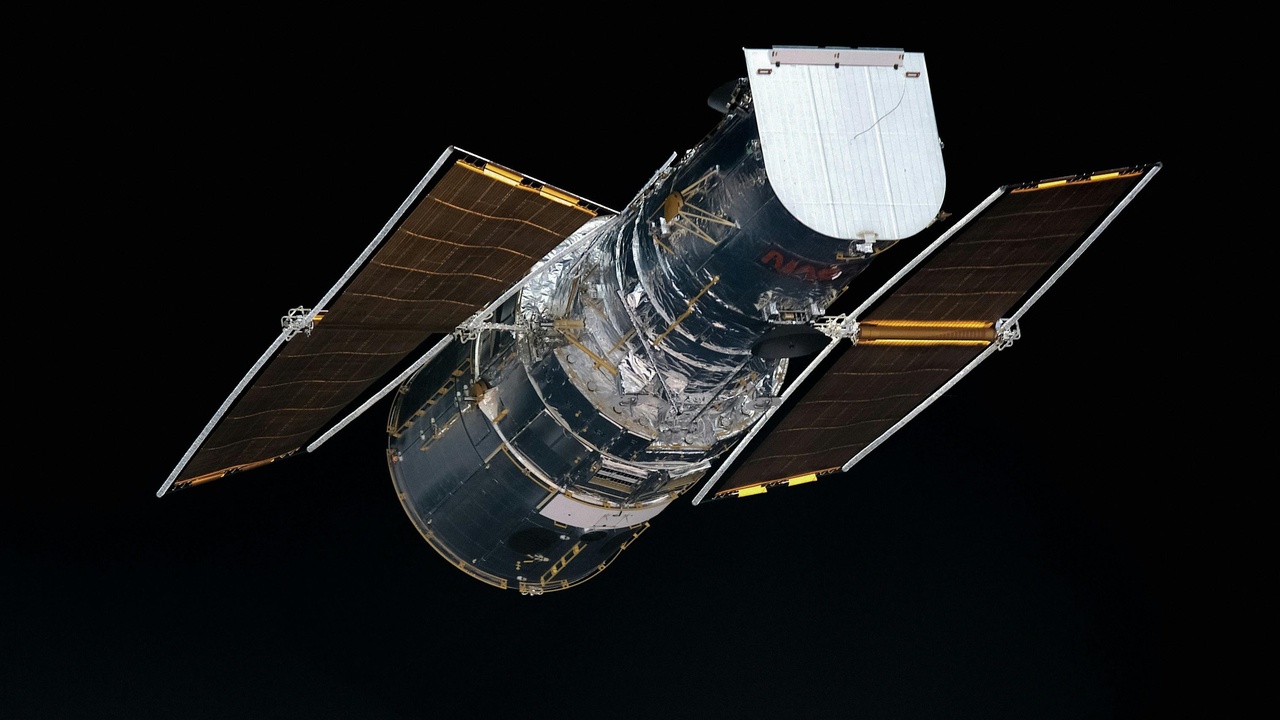
1. GPS and Global Navigation Satellite Systems
Precise positioning and timing from GNSS power map apps, fleet logistics and secure time-stamping for financial networks. The first Navstar/GPS satellite launched in 1978, and modern constellations maintain dozens of active satellites to provide global coverage and redundancy.
Every smartphone and many IoT devices include a GNSS receiver used for turn-by-turn navigation, ride-hailing pick-ups and asset tracking. The same timing signals GPS provides also synchronize telecom networks and timestamp electronic trades, so the system underpins both commuter convenience and critical infrastructure.
2. Satellite Internet and Mobile Backhaul
Satellite broadband extends connectivity to rural schools, ships at sea and disaster zones where fiber and cell towers cannot reach. Geostationary satellites offer wide-area coverage, while low-Earth-orbit (LEO) systems reduce latency and increase throughput for consumer use.
Services such as Starlink (a consumer-facing LEO provider) illustrate how recent constellations deliver usable home broadband, and geostationary operators continue to supply enterprise links and broadcast feeds. Emergency responders, remote businesses and maritime customers rely on satellite backhaul when terrestrial networks fail or are unavailable.
3. Satellite TV and Radio Broadcasting
Satellites beam audio and video to millions of homes and cars, providing live sports, news and music across wide footprints. Consumer examples include providers such as DirecTV and DISH for television and SiriusXM for satellite radio, the latter gaining widespread adoption in the 1990s.
Because geostationary relays cover large regions from a single orbital slot, satellite broadcasting reaches viewers and listeners in areas without reliable terrestrial broadcast, and it remains a backbone for in-car entertainment and nationwide event coverage.
Earth Observation, Weather & Location Intelligence
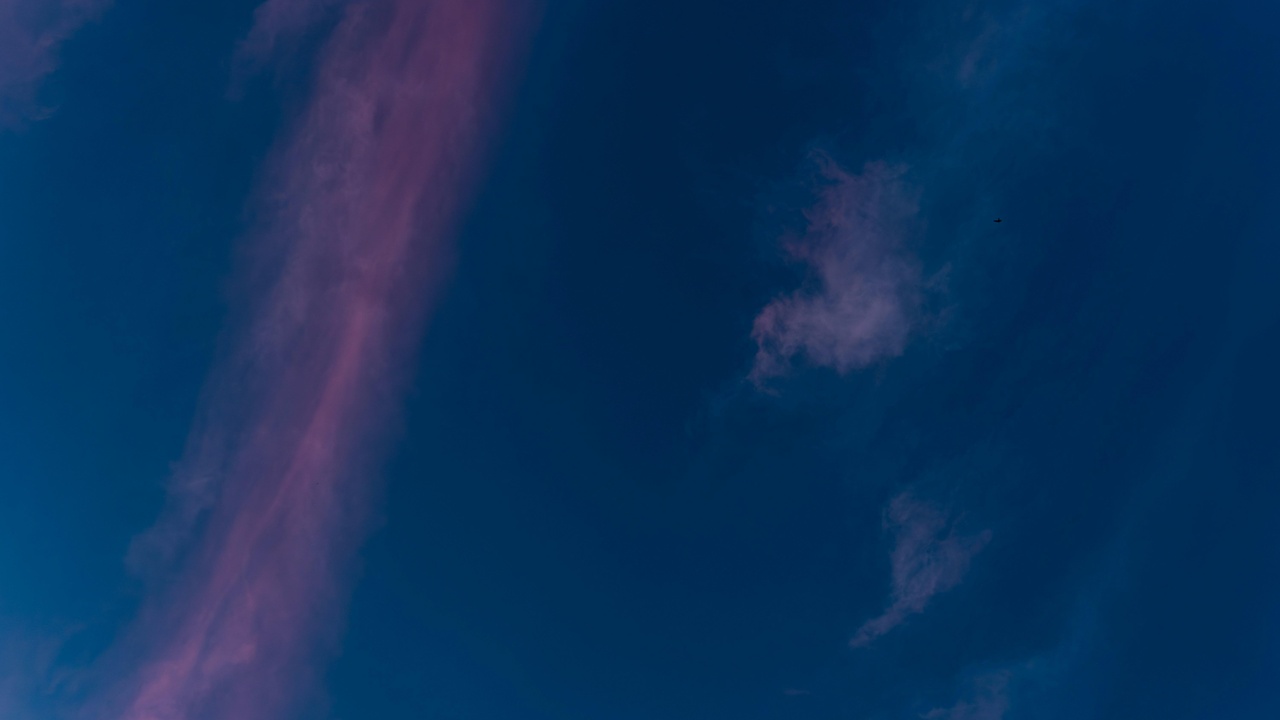
4. Weather Forecasting and Disaster Warnings
Earth-observing satellites provide the imagery and atmospheric data that produce daily forecasts and early severe-weather warnings. The GOES program began with GOES-1 in 1975, and the modern GOES‑R series (GOES‑16 launched in 2016) greatly improved temporal and spectral resolution for meteorologists.
That capability translates into longer lead times for hurricane and storm warnings, better routing for aviation and fuel savings for shipping, and the up-to-the-hour radar and satellite layers many people check on weather apps before heading out.
5. Maps, Navigation Apps and Location-Based Services
Most consumer mapping apps combine satellite imagery with GNSS position data to show where you are and what’s around you. High-resolution satellite tiles feed services like Google Maps and Apple Maps, and open projects often layer commercial or public-domain imagery on top of vector maps.
When you switch to satellite view in a map app or check a property from above, you’re using the same orbital imagery and geospatial processing pipelines that power municipal planning, delivery routing and many location-based recommendations; these satellite systems are part of the space technologies we use every day.
6. Precision Agriculture and Resource Management
Frequent multispectral imagery and indices such as NDVI (Normalized Difference Vegetation Index) let farmers monitor crop stress, decide where to apply fertilizer, and schedule irrigation more efficiently. Commercial providers like Planet Labs and public Sentinel satellites supply imagery at cadences that suit field-level decision-making.
Those insights reduce input costs, improve yields and speed damage assessments for insurers after storms. In short, remote sensing translates directly into day-to-day farming decisions and municipal resource planning.
Materials, Sensors & Everyday Products
7. Memory Foam and Advanced Materials
Viscoelastic “memory” foam began as a 1960s development at NASA’s Ames Research Center to improve crash protection and aircraft cushioning. Engineers wanted a material that absorbed impact and conformed to load shapes.
Today the same basic material appears in mattresses, pillows, helmet padding and medical cushions, where its pressure-distributing properties increase comfort and reduce injury risk. That is a direct example of aeronautics research finding a consumer market.
8. Aerogel, Coatings and Camera Sensors
Aerogel — an ultralight, highly insulating solid — was used by NASA to capture cometary particles on the Stardust mission (launched 1999; samples returned 2006). The mission highlighted aerogel’s unique properties for delicate capture and thermal insulation.
Other space-driven advances, such as anti-reflective and hard coatings for optics and improvements in CCD/CMOS detectors driven by astronomy and remote sensing, now show up in scratch-resistant eyeglasses and sharper smartphone cameras. Those sensor and coating improvements make everyday imaging and displays noticeably better.
Health, Safety & Environmental Monitoring
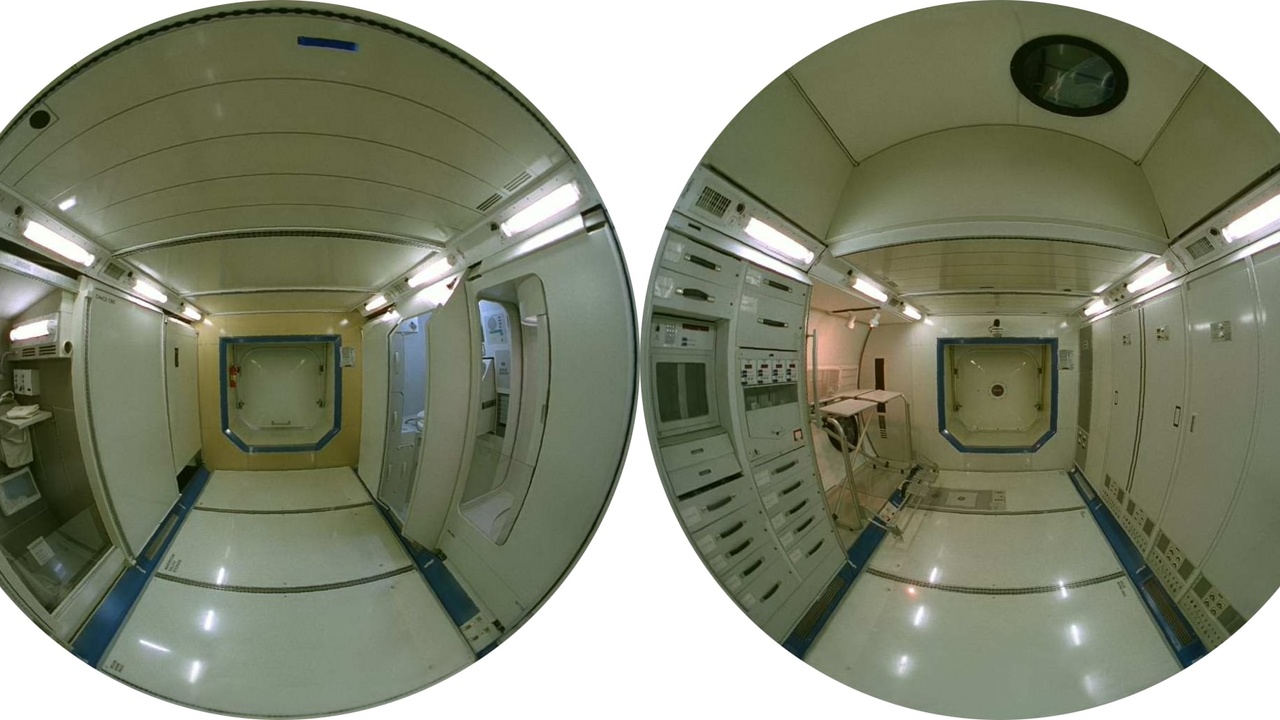
9. Medical Devices and Remote Monitoring
Astronaut health needs forced development of compact, reliable sensors and telemetry systems that could report vital signs remotely. Those design lessons helped seed wearable heart-rate and blood-oxygen sensors used in consumer devices and clinical remote-monitoring platforms.
Products such as mainstream fitness trackers and medical telemetry gateways borrow space-tested approaches to miniaturization, redundancy and low-power operation, enabling clinicians to monitor patients outside hospitals and enabling early intervention when readings drift.
10. Water Purification and Environmental Sensors
Closed-loop life-support systems for spacecraft drove innovations in compact filtration, membrane separation and UV disinfection. The ISS water-recovery system, for example, reclaims roughly 90% of wastewater for reuse, demonstrating high-efficiency reclamation in a small footprint.
Those methods translated into portable water-purification units used in disaster relief, consumer filters that improve taste and safety, and municipal technologies that borrow membrane and UV approaches. Small, rugged environmental sensors — originally developed to monitor spacecraft air and water — now help cities track pollution and water quality in real time.
Summary
- Space R&D has produced practical consumer benefits across connectivity, mapping, materials and health systems.
- Many everyday products — from GPS navigation and memory foam to ISS water recycling principles — trace directly to aerospace missions and labs.
- Watching space technology spin-offs helps anticipate the next wave of consumer and municipal innovations.
Enjoyed this article?
Get daily 10-minute PDFs about astronomy to read before bed!
Sign up for our upcoming micro-learning service where you will learn something new about space and beyond every day while winding down.

